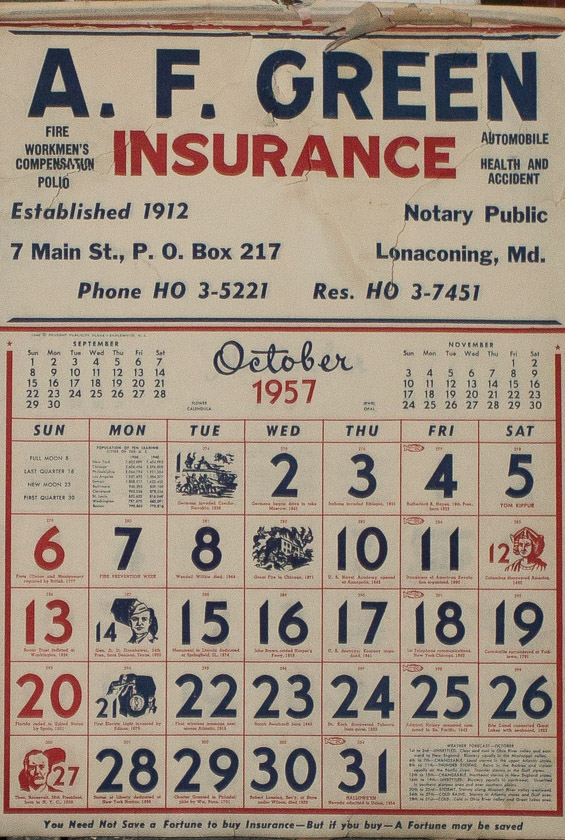
Lonaconing Silk MIll
This old abandoned (1957) silk mill in Lonaconing Maryland is open to photographers on a reservation basis. Much of this mill is just as the workers left work on that last day. I have taken a variety of pictures attempting to capture the nostalgia of the place.
The machinery is original—still greased from when the mill shut down on July 7th, 1957. Under a can of oil next on the third floor, on a bench the workers would sit when on break, an early 50s romance novel lays open: “Neither her intimacies with Ely nor her repulsion of Johnny’s crude advances had equipped Deanna for the third man.”
Next to machine 189 (checked by M.U. on 2-7-1955) is a small rolling toolbox, ready to make 189 run smooth again. “She’s been making an odd clicking,” the girls would say. At peak employment the factory gave out 400 paychecks, mostly to women. Lonaconing was a coal-mining town—the husbands and sons went into the mines, the wives while daughters went to the mills.
The youngest known worker was a 7 year old girl—not an unlikely employee at the time, mind you.
The basement has boxes of DuPont Company Rayon—what the mill switched to after the attack on Pearl Harbor. Rayon is an artificial silk substitute. Japan was the world’s primary raw silk supplier, but, with a war on, obviously all trade stopped. Before the war the plant was producing silk lingerie and stockings—during the war it turned out parachute cord and cartridge cloth.
Fire buckets hang on every other pillar on every floor of the plant. Their rounded bottoms prevent them from being used as a normal bucket, and thus possible unready for a fire. Nearby, a 1957 calendar advertises the local branch of the Park Insurance Agency. Their phone number is 3-5131, if you are interested.
Compared to other factories, this one was open for a short time; just over half a century. Only 52 years of operation. Another Industrial Victim of the Great Depression
It opened in 1905 as a sister mill to one in Cumberland, Maryland, and was at the time only the third such plant in the state. In the 1930s Klotz was reorganized into General Textile Mills, and operated under that name until it closed. Utility Glass Works and Silk Mill (Source: bandkgreen.net) Utility Glass Works and Klotz Silk Mill (Source: bandkgreen.net)
Silk was a luxury item, and so when the Great Depression hit there was not much of a demand. At the same time the coal industry was becoming less profitable and local mines were shutting down and laying off workers. Families moved out of the rural town seeking new opportunities, leaving the silk mill without a market or ready employment pool.
The company could no longer pay its workers, so there was a labor strike. A few workers remained to perform the upkeep for a number of years, but they left too, eventually. Nobody thought the mill would reopen. And it didn’t.(SubStreet)

























